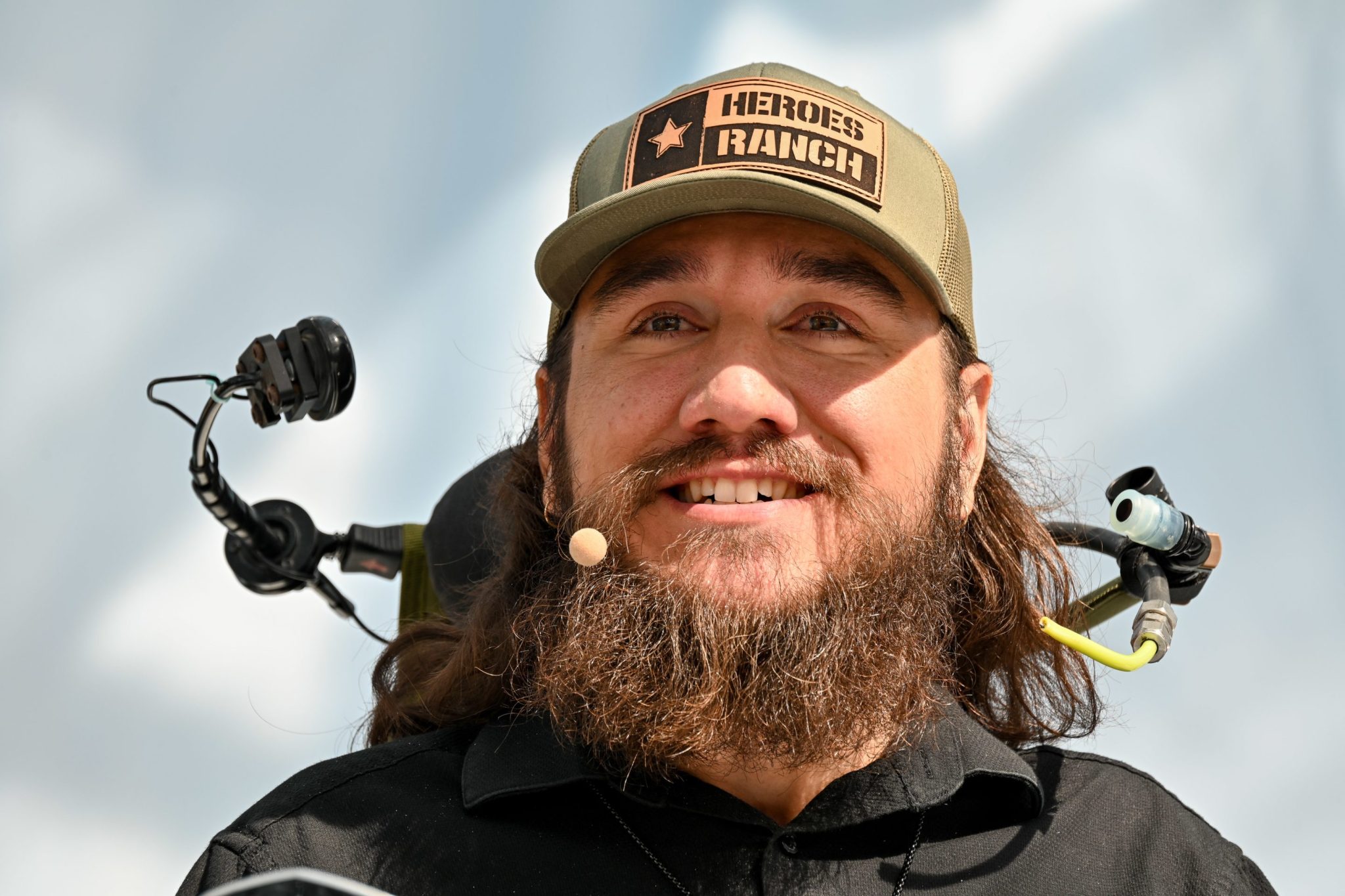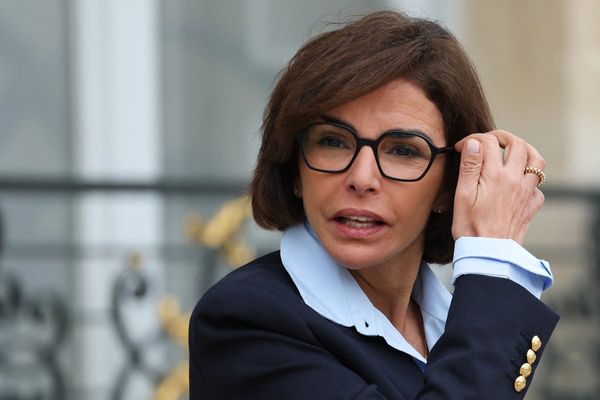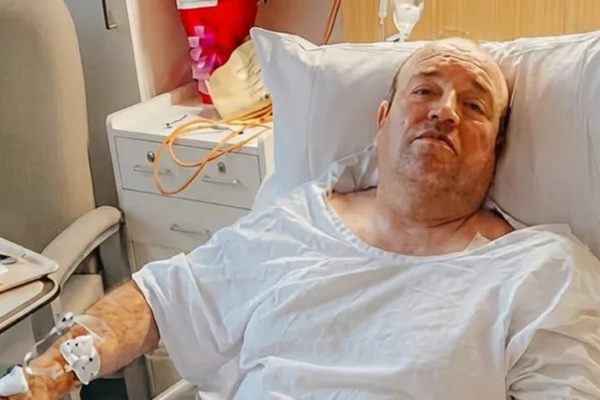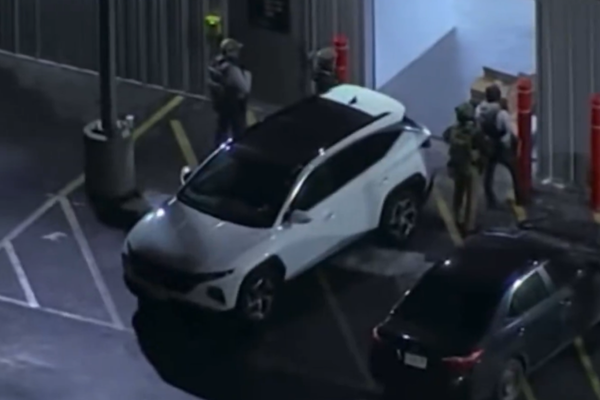
Attendees at Fortune’s Brainstorm Tech conference last week witnessed a demonstration of both technological innovation and human resilience when Noland Arbaugh, the first human recipient of Neuralink’s brain-computer interface (BCI) chip, played chess using only his thoughts. Arbaugh also shared candid insights into his pioneering journey, including his memorable first encounter with Neuralink’s cofounder and the world’s richest man, Elon Musk.
Arbaugh’s journey began with a diving accident at a summer camp in 2016, which left the former Texas A&M student paralyzed from the shoulders down and largely dependent on his family. For years, Arbaugh lived what he describes as a severely limited existence.
“I would stay up all hours of [the] night, just sleep in whenever, wake up whenever I wanted to because I didn’t really have anything planned, didn’t have anything going on in my life,” he told Fortune senior writer Jessica Mathews during their conversation. Arbaugh said he left his house only a couple of times per year.
“Before Neuralink, I thought I would never travel again,” he said. “[I] thought I would just stay in my room.”
Then came an unexpected phone call that would change his life. A friend asked if he would be interested in getting a chip implanted in his brain. Arbaugh said he remembered his response that day: “I said, ‘Got nothing better to do.'”
Becoming the first patient—and meeting Elon Musk
Neuralink, cofounded by Elon Musk in 2016, had spent years developing and testing its technology on animals before receiving FDA approval for human trials in May 2023. Arbaugh’s surgical procedure took place on January 28, 2024, at the Barrow Neurological Institute in Phoenix, about 2.5 hours from his home in Yuma. The two-hour surgery involved implanting a coin-sized chip beneath his skull, connected to over 1,000 electrodes that can read neural activity and translate it into digital commands.
Arbaugh said he was released from the hospital just 24 hours after surgery with a prescription for pain medication, but insisted he never even needed to take Tylenol: “It it didn’t hurt at all.”
“I like to joke and tell people that if I lost my memory and tomorrow you told me I had a chip in my brain, I wouldn’t believe you,” he said. “I can’t feel it. Don’t even know it’s there.”
During his conversation with Mathews, Arbaugh revealed a particularly memorable detail: He met Elon Musk on the day of his surgery, via FaceTime. Still somewhat under the influence of anesthesia, Arbaugh’s primary memory from that first encounter was complimenting Musk’s bomber jacket. “I was like, his bomber jacket was so cool,” he recalled.
Arbaugh met Musk again about six months later at Tesla’s Austin gigafactory, where they had what the 31-year-old implant patient described as a more substantive conversation. “He’s a cool dude,” Arbaugh said, noting their conversation wasn’t limited to Neuralink business: He and Musk “just had some fun” and discussed SpaceX and even a “bit of, like, alien talk.”
Arbaugh v. Cramling
After his Q&A with matthews, the Brainstorm Tech crowd got to witness firsthand what Arbaugh can accomplish with his neural implant. During a live demonstration, he played chess against internationally recognized chess master Anna Cramling, controlling the computer cursor entirely through thought. The game, streamed live on Chess.com, showed Arbaugh moving pieces and executing complex strategies using only his mind.
“I am just thinking about where I want the cursor to go,” Arbaugh explained to the audience. “It is pretty simple. Not very difficult. I think people are going to be surprised at how intuitive the cursor control is.”
Arbaugh said the technology has completely transformed his outlook for the better. He says he has returned to school to pursue a degree in neuroscience, started his own business, and begun traveling extensively—including trips to Paris and multiple U.S. cities. He now describes himself as “so busy all the time,” a stark contrast to his pre-Neuralink life.
As Arbaugh continues his role as an unofficial ambassador for brain-computer interface technology. “My whole reason for doing it was just to help people from the beginning,” he told Mathews. “I knew that if it worked, if it didn’t, whatever the case may be, I would be helping someone, and [Neuralink] would have learned something.”
Watch Arbaugh’s entire conversation Fortune Brainstorm Tech below.







